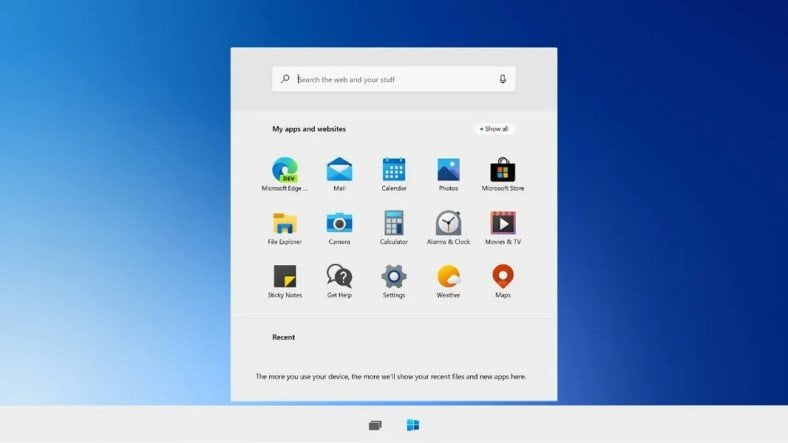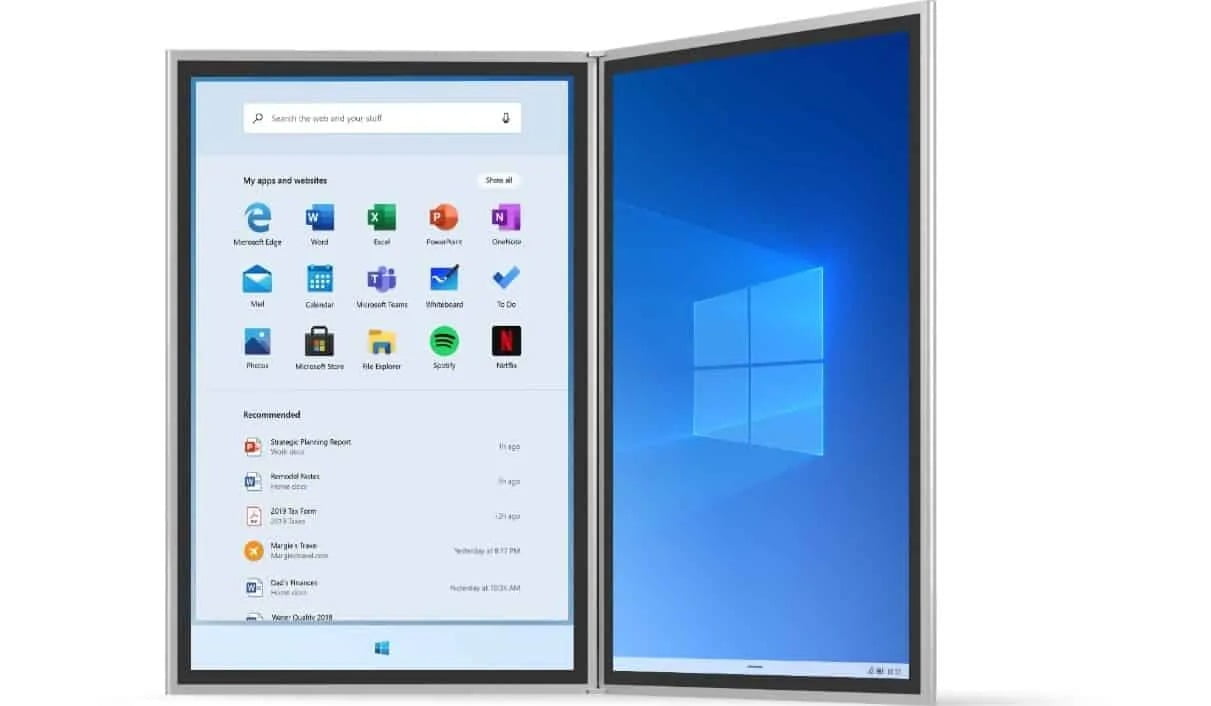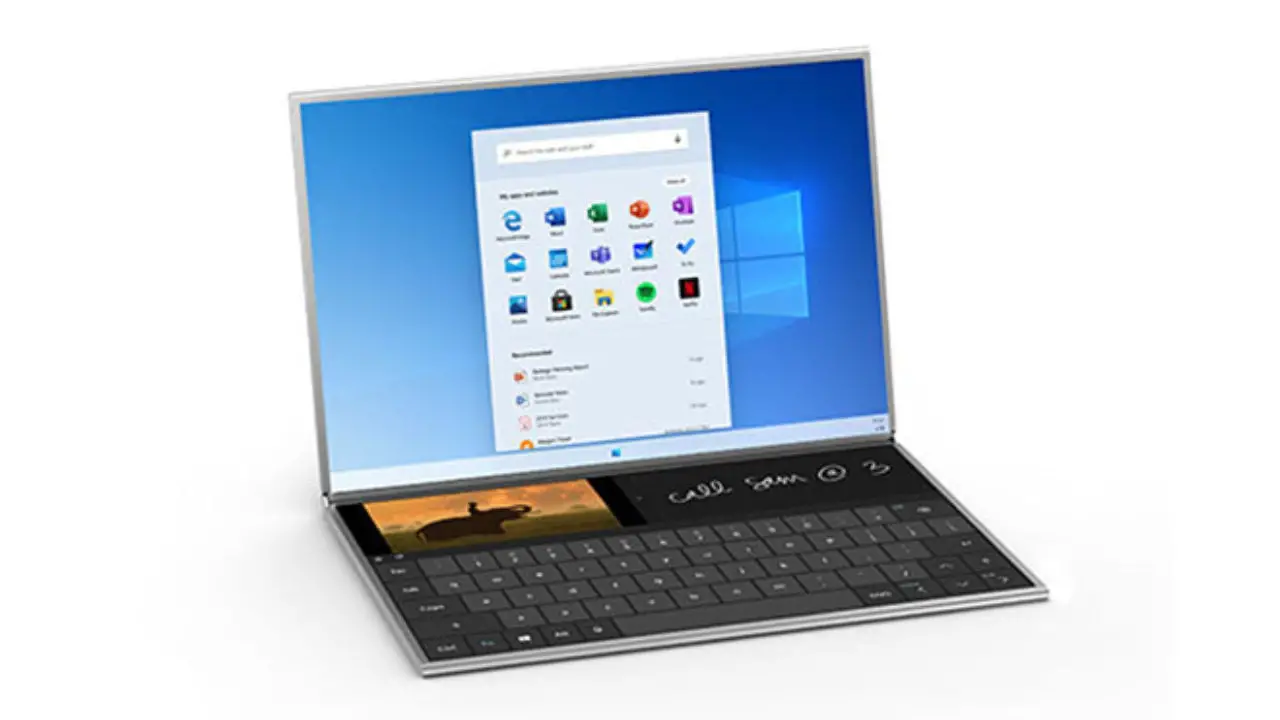Microsoft has decided to put an end to the Windows 10X project. Rumors are confirmed and the operating system that was developed for the new generation of foldable and dual-screen devices will not be launched this year, and probably ever.
John Cable, vice president of Windows program management and services, has used the launch of the new Windows 10 update to confirm that the company discontinues Windows 10X.
“After a year of exploration and conversations with customers, we realized that Windows 10X technology could be useful in more ways and serve more customers than we originally imagined. We concluded that 10X technology should not be limited to a subset of customers,” Cable says in the official blog.

“Instead of bringing a product called Windows 10X to market in 2021 like we originally intended, we are leveraging learnings from our journey thus far and accelerating the integration of key foundational 10X technology into other parts of Windows and products at the company,” said the executive.
What happened to Windows 10X?
The latest version called Windows 10 21H1 released yesterday and it is an absolutely minor release. Windows 10X will not be a separate operating system. Both developments will converge in the next fall update, this one promising on all levels.
Microsoft announced Windows 10X in October 2019. It was the first version of the Windows Core OS project, a development that aims (or aimed) to be the future of Microsoft operating systems under a modular conception as the main feature. It was initially intended to govern devices with new form factors such as foldable, dual-screen, or flexible displays.

Neo should have been commercialized in the last quarter of 2020 but it never made it to market. Not only that. Any trace of the Surface Neo disappeared from Microsoft’s website and the company seems to have shifted the focus of the system towards entry-level laptops. They want to compete with Google because Chromebook sales have skyrocketed.
The result is that Windows 10X is officially dead. At least all the development work will not be lost and a portion of its components will be integrated as an enhancement to regular Windows. Among the features we can recall the new Start menu; improved voice typing experience; a modernized touch keyboard; new app container technology that is included in Microsoft Defender Application Guard.
Many of these components are already being tested in the Insider channel and will hopefully be available to all users in the final release of Windows 10 21H2 known as ‘Sun Valley’.





